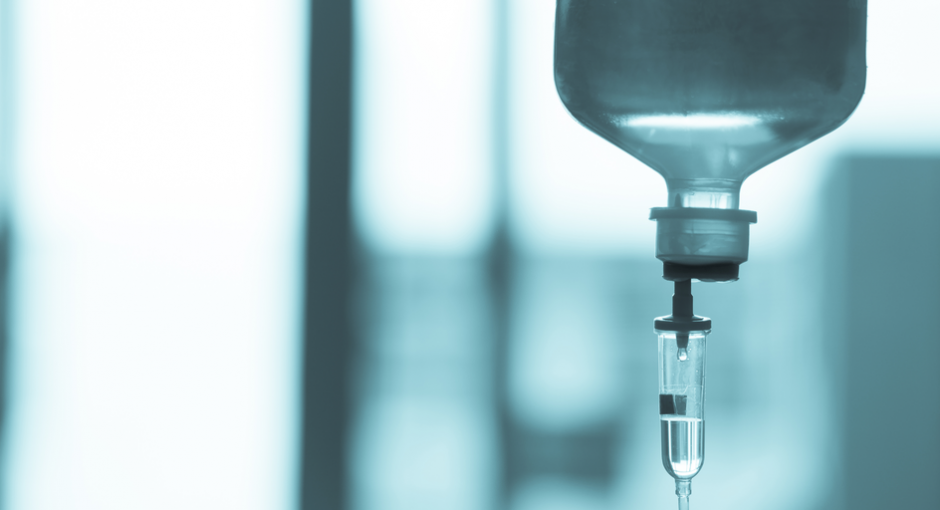A new study in Health Affairs could add to the squeeze on 340B hospitals’ margins on infused cancer drugs.
The study by health economics and public health researchers at the University of California at Berkeley found that prices paid in 2019 by Blue Cross Blue Shield health plans in hospital outpatient departments were double those paid in physician offices for biologics, chemotherapies, and other infused cancer drugs (99–104% higher) and for infused hormonal therapies (68% higher).
“Had these plans excluded hospital clinics from their networks, channeling all of the infusions to physician offices, they would have saved $1.28 billion per year, or 26 percent of what they actually paid,” the researchers said.
“Health plans and employers are developing a variety of strategies to shift care from hospital to nonhospital settings to reduce their exposure to these high prices,” they said. “Substantial savings are potentially available to them with this shift in site of care, but consumer cost-sharing strategies can impose very large financial burdens on patients.”
While the study did not mention the 340B program, it has implications for 340B hospitals. A 2015 Medicare Payment Advisory Commission report, for example, found that 340B hospitals accounted for 48% of Medicare spending for Part B drugs in 2013. Drugs paid for under Part B are primarily physician administered drugs to treat conditions such as cancer. The UC Berkeley study focused on the thirty-eight most commonly infused cancer drugs.
The Biden administration has proposed keeping a nearly 30% cut in Part B drug reimbursement for 340B hospitals that started in 2018, one of the rare instances where it has recommended maintaining a health care policy formulated by the Trump administration. Moreover, Medicare Advantage plans—virtually all of which are operated by commercial insurers—have a greater ability than fee-for-service Medicare to incentivize cancer patients to get treatment at physician offices rather than at hospital clinics.
The Berkeley researchers observed that hospitals can use their margins from buying and billing infused cancer drugs “to subsidize services when insurer payment rates fall short of costs and for patients who lack insurance altogether.”
“However, price markups encourage hospitals’ acquisition of oncology practices and create incentives to increase the volume of infusions,” the research said.
The researchers examined how more than 154,000 patients enrolled in Blue Cross plans obtained more than 1.6 million infusions of cancer drugs in 2019. About 53% of the infusions took place in hospital settings, with the remainder in physician offices and clinics.
For 12 different biologic cancer drugs, hospital outpatient prices were a median of 67% higher than those administered in a physician’s office or outpatient clinic. Hormonal therapies and other cancer drugs were a median of 87% and 75% more expensive in hospitals.
The study concluded that Blue Cross plans made a concerted effort to maximize out-of-pocket costs for patients who opted to obtain their infusions in hospitals. “Relatively high hospital prices…have prompted some insurers and self-insured employers to adopt strategies that shift patient volume to freestanding physician offices and clinics,” the study said.
Many plans have embraced a “narrow network” strategy where enrollees can’t obtain coverage for their drugs in hospitals or pay a much higher cost-sharing payment. For example, a 20% co-payment for Bevacizumab in a physician’s office or outpatient clinic ran an average of $306. For a hospital setting, the co-payment rose to $1,239. The cost-sharing goes even higher if the health plan relies on reference pricing.
“The cost-sharing obligations…would exceed the amounts that many patients with cancer realistically could be expected to pay,” the study’s authors concluded.


